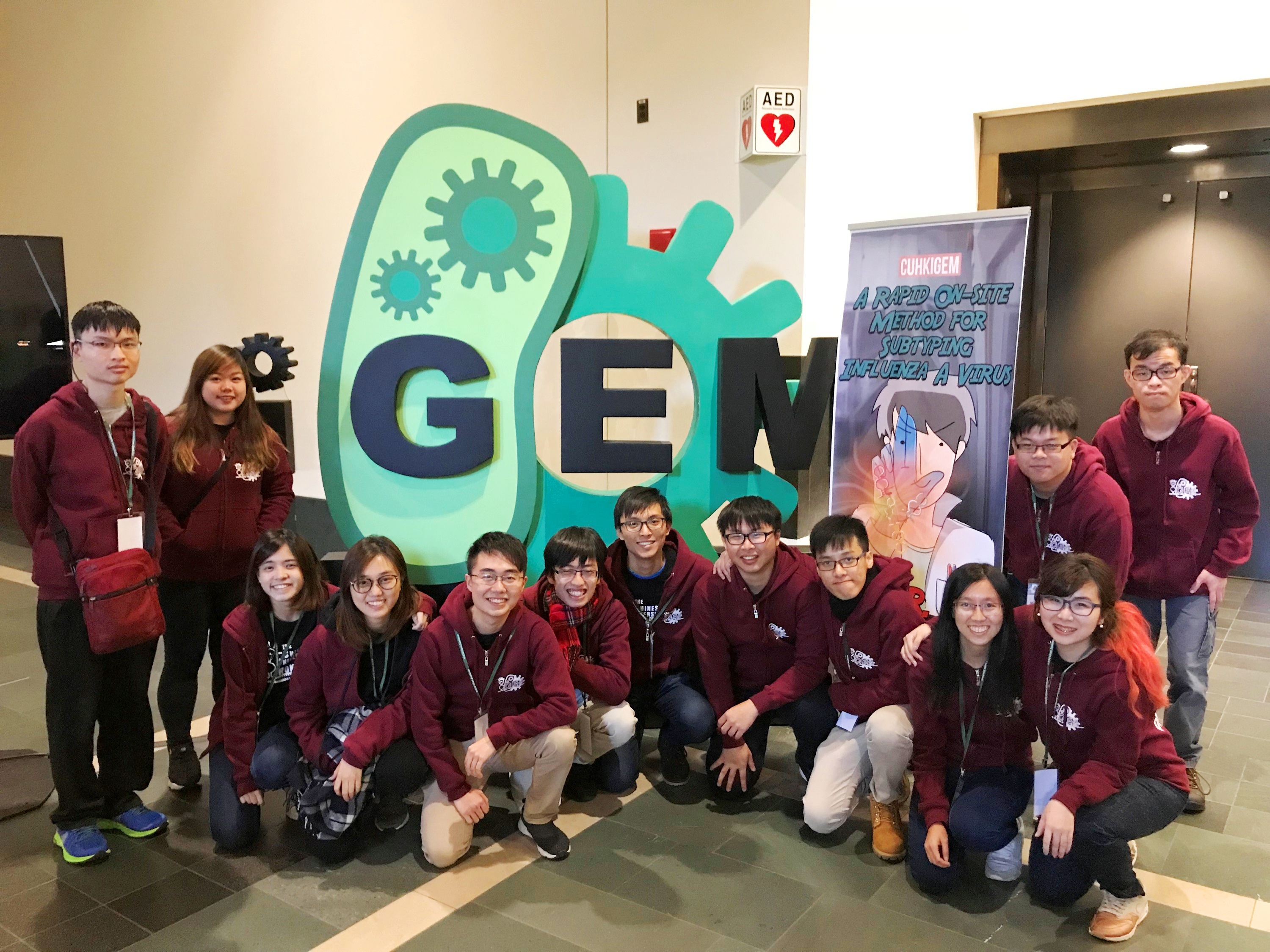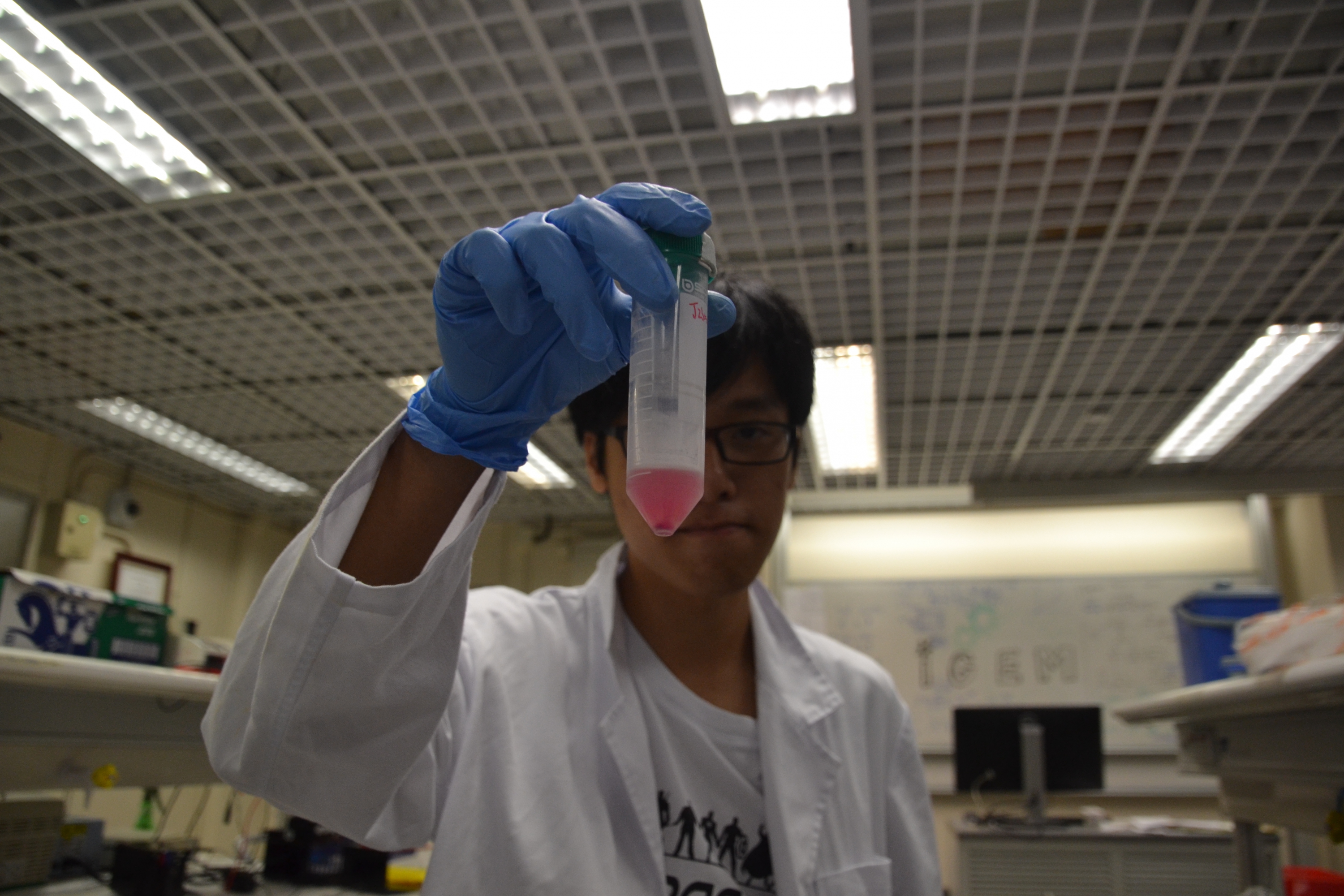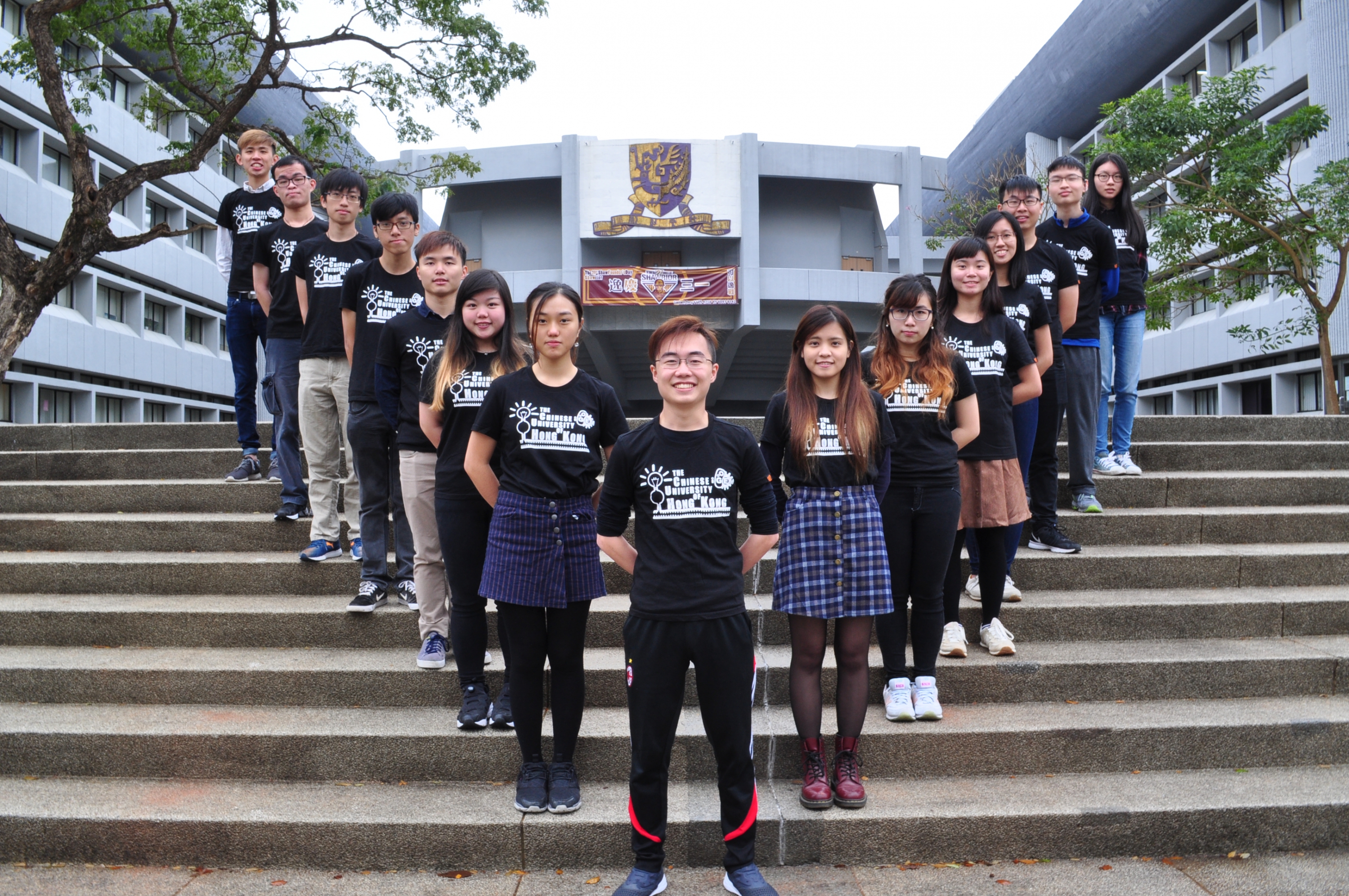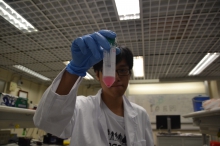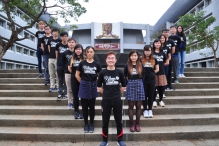News Centre
CUHK Team Develops a Rapid On-Site Method for Subtyping Influenza A virus and Wins Gold Award in iGEM competition
A genetic engineering team of 15 undergraduate students of Life Science and Biomedical Engineering at The Chinese University of Hong Kong (CUHK), has been awarded a Gold medal at the international Genetically Engineered Machine (iGEM) 2017 Giant Jamboree held in Boston, USA, for developing a novel rapid test for an influenza subtype. The winning project has extensive potential applications and may help fight the growing threat of a bird flu epidemic. This is the fifth time that a CUHK team has won gold in the annual premier synthetic biology competition.
The winning project designed by the CUHK team was named “Dr. Switch: A Rapid On-Site Method for Subtyping Influenza A virus”. Presently, diagnostic testing for viruses is only available in the laboratory and it often takes a day or more for the result to come back, due to lengthy transportation and testing time. There is a rapid test which is quicker, but the result is preliminary (Only type A, B or C) which cannot show the subtype of the virus (H1N1, H5N1 or H7N9, etc.). The CUHK iGEM team has developed a rapid test system that can distinguish the subtype of the Influenza A virus. The test can be done on-site in animal farms, at borders or in markets, and the results will come within hours, which will improve anti-epidemic efficiency.
This novel test is based on the Toehold Switch mechanism that, in theory, could detect any RNA target sequence, including the Influenza A virus. A Toehold switch, acting as a biosensor, will undergo conformational change and gene expression, which will produce a visible signal like colour change, in the presence of a specific RNA target – known as a trigger. It was recently used for the detection of Zika.
The CUHK iGEM team is the first group to have developed a web-based tool (http://2017.igem.org/Team:Hong_Kong-CUHK) to help researchers designing Toehold Switch, and applied this method to detect influenza viral subtypes that could work in hours. Their project was nominated for the Best Diagnostic Project, together with the University of Oxford and the Ecole Polytech Fed de Lausanne (EPFL). The prize went to Oxford in the end.
Students have interviewed various stakeholders, including medical experts, government organisations and most importantly, poultry workers. They hoped the test can cater more to the needs of users. For example, the students at first estimated that poultry workers would be interested in conducting virus tests for their own poultry, which could reduce the financial losses caused by the spread of bird flu. However, when they visited a poultry farm owner, they received an answer different from what they expected. The owner’s view was that the test should be conducted by the government or an independent inspection body. Students then consulted government organisations such as the Department of Health, and the Agriculture, Fisheries and Conservation Department. All these visits allowed students to further understand the procedures for influenza testing.
Prof. Chan Ting Fung, one of the instructors of the team and associate professor of the School of Life Science at CUHK, remarked, “The enthusiasm of the undergraduate students for scientific research is admirable. They have spent just over a year, selected their topic of research, failed many times, but finally they achieved a remarkable result. They also showed team spirit and demonstrated the importance of combining molecular biology and engineering knowledge. I hope they will continue to uphold their enthusiasm, participate in scientific research and contribute to society.”
About iGEM Competition
There were 310 teams from around the world participating in this year’s world giant jamboree, and of them only 108 teams achieved gold.
iGEM is an annual premier synthetic biology competition worldwide for high school, undergraduate and postgraduate students. It was established by the Massachusetts Institute of Technology (MIT) in 2004 to foster students’ learning in synthetic biology, promote collaboration among students and nurture biology talents. Participating teams are required to specify, design, build and test simple biological systems made from standard, interchangeable biological parts. The accomplishments of these student teams often lead to important advances or provide solutions to tackle problems in medicine, food and nutrition, energy and the environment.
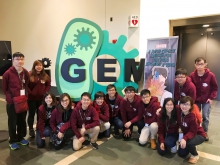
The CUHK genetic engineering team wins Gold medal at the iGEM 2017 Giant Jamboree held in Boston, USA.
